Home>Garden Essentials>What Does Crabgrass Seed Look Like
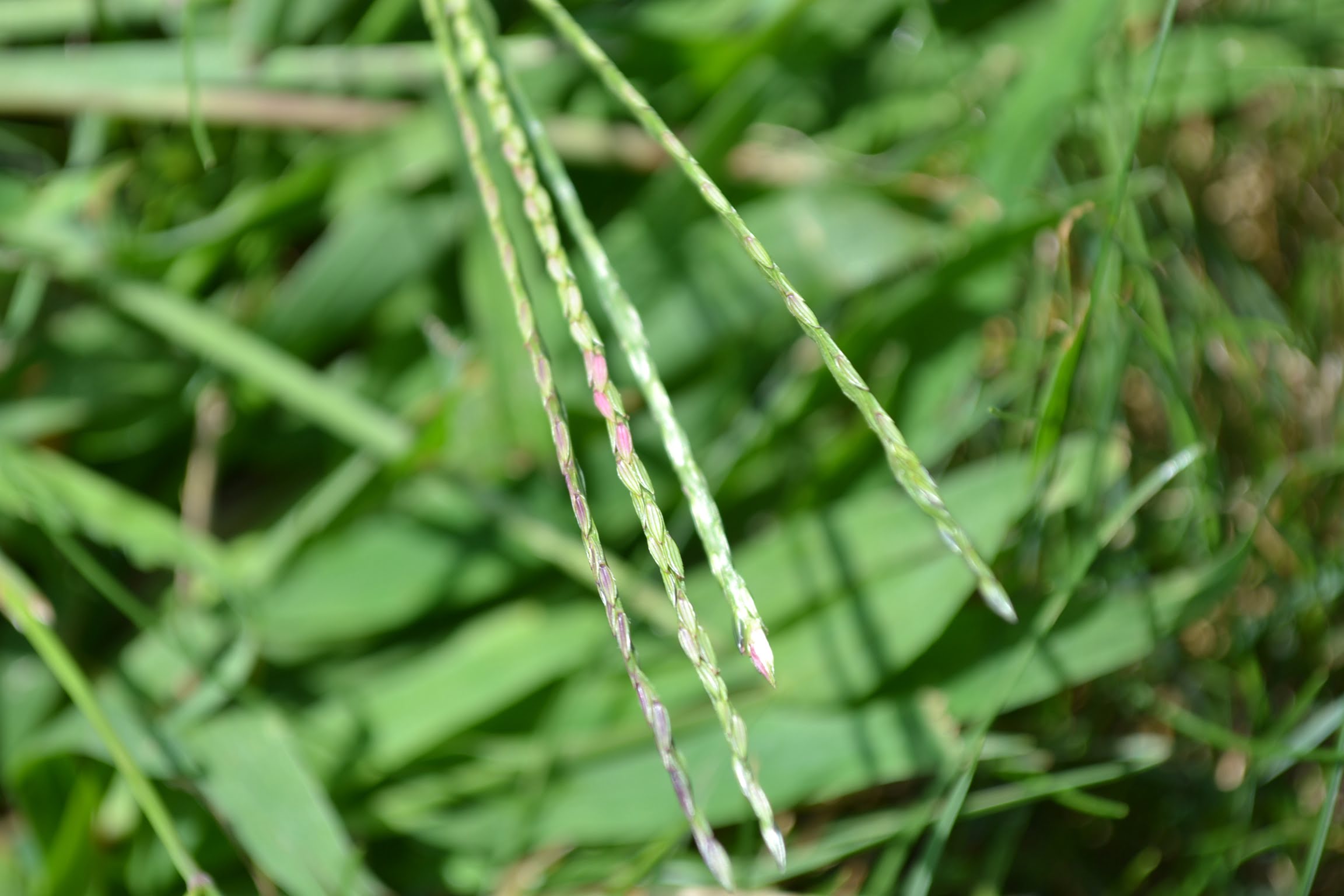

Garden Essentials
What Does Crabgrass Seed Look Like
Modified: August 17, 2024
Looking to identify crab grass seed in your garden? Learn about what crab grass seed looks like and how to spot it in this helpful guide.
(Many of the links in this article redirect to a specific reviewed product. Your purchase of these products through affiliate links helps to generate commission for Storables.com, at no extra cost. Learn more)
Introduction
Welcome to the world of gardening! Whether you are an experienced gardener or a beginner looking to start your green journey, understanding different aspects of plants and their growth is essential. In the quest for a lush and healthy lawn, one common challenge that many gardeners face is dealing with crab grass. While there are various methods to combat this invasive species, it is important to start by familiarizing yourself with its anatomy. In this article, we will explore the intriguing world of crab grass seed and what it looks like.
Crab grass, also known as Digitaria sanguinalis, is an annual weed that tends to dominate lawns and gardens during the warmer months. It is notorious for its ability to quickly spread and take over a lawn, stifling the growth of desirable grass species. As a proactive gardener, it is crucial to identify the appearance and characteristics of crab grass seed in order to effectively prevent its proliferation.
Understanding the anatomy of crab grass seed can help you identify it in your lawn and take appropriate action. By recognizing the appearance, size, color, and texture of crab grass seed, you can effectively differentiate it from other grass seeds and eliminate it before it becomes a nuisance.
Key Takeaways:
- Crab grass seeds are small, smooth, and pale yellow, making them hard to spot. They can easily spread and take over lawns, so it’s important to identify and remove them early.
- Understanding the appearance and texture of crab grass seeds helps prevent their growth. Regular inspection and proper lawn care can keep your garden free from this pesky weed.
Read more: What Does A Cactus Seed Look Like
Definition of Crab Grass Seed
Before diving into the characteristics and appearance of crab grass seed, let’s begin with a basic understanding of what exactly crab grass seed is. Crab grass seed is the reproductive structure of the crab grass plant, which is a type of weed belonging to the Digitaria genus. Unlike perennial grasses that regrow year after year from the same root system, crab grass is an annual weed that completes its life cycle within one growing season.
The seeds of crab grass play a vital role in its reproduction, allowing the weed to spread and establish new plants. These seeds are produced in abundance during the flowering stage of the crab grass plant. Once the seeds mature, they are released from the plant and can remain dormant in the soil until favorable conditions for germination arise.
Crab grass seeds are designed to withstand adverse conditions and can survive for several years in the soil, waiting for the right opportunity to sprout. Their ability to lie dormant for extended periods makes them a persistent and challenging weed to eliminate from lawns and gardens.
It is important to note that crab grass seeds vary in their genetic makeup, and different varieties of crab grass may have slightly different seed characteristics. However, in general, the basic structure and appearance of crab grass seeds remain similar across different species and varieties.
Characteristics of Crab Grass Seed
In order to effectively identify crab grass seed, it is essential to be familiar with its characteristics. Here are some key characteristics of crab grass seeds:
1. Shape: Crab grass seeds are typically oval or oblong in shape. They have a slightly flattened appearance, making them more elongated than round. 2. Surface Texture: The surface of crab grass seeds is generally smooth and shiny. This smooth texture helps the seeds to easily slide through the grass blades and travel to new locations. 3. Seed Coating: Crab grass seeds are covered with a thin seed coat or husk. This protective coating helps to safeguard the seed from external factors such as moisture loss and physical damage. 4. Germination Nodes: Upon close inspection, you may notice small nodes or bumps on the surface of crab grass seeds. These nodes are responsible for sprouting and initiating the germination process when the conditions are favorable. 5. Seed Orientation: When crab grass seeds are dispersed, they can fall in various orientations. Unlike some grass seeds that always land with their pointy ends facing upward, crab grass seeds can settle in different positions. 6. Weight: Crab grass seeds are lightweight, allowing them to be easily carried by wind, water, or even attachment to animals and objects. This enables the seeds to spread and colonize new areas. 7. Quantity: Crab grass is known for its prolific seed production. Each crab grass plant can produce thousands of seeds throughout the growing season, increasing the chances of successful germination and establishment. 8. Dormancy: Crab grass seeds possess a remarkable ability to remain dormant in the soil for an extended period. This dormancy helps the seeds survive unfavorable conditions until the right combination of temperature and moisture triggers germination. By understanding the distinct characteristics of crab grass seeds, you will be better equipped to recognize and effectively address the presence of this invasive weed in your lawn or garden. Armed with this knowledge, you can take proactive measures to control and prevent the spread of crab grass, ultimately maintaining a healthier and more vibrant landscape.
Appearance of Crab Grass Seed
The appearance of crab grass seed can vary slightly depending on the specific species and variety. However, there are certain common visual traits that can help you identify crab grass seeds in your lawn or garden.
When examining crab grass seed, you will notice that it has an elongated oval shape. The seed is relatively small, measuring around 1 to 2 millimeters in length. This size can make it challenging to spot among other grass seeds or debris on the ground.
Crab grass seeds have a smooth surface texture and are typically pale yellow or straw-colored. This light hue allows the seed to blend in with the surrounding soil or grass, making it less noticeable to the untrained eye.
Upon closer inspection, you may observe subtle darker stripes or bands on the seed coat. These bands can vary in intensity and serve as additional distinguishing features of crab grass seeds.
One notable characteristic of crab grass seeds is their ability to orient themselves in different positions when they fall to the ground. Unlike some grass seeds that consistently land with their pointy ends facing upward, crab grass seeds can settle in various orientations.
Additionally, when examining crab grass seeds, you may notice small nodes or bumps on their surface. These nodes, also known as germination nodes, play a crucial role in the sprouting and germination process of the seed.
It is important to remember that crab grass seeds are typically small and can be easily mistaken for other grass seeds or debris. Therefore, it is recommended to examine a sample of the suspected seeds under a magnifying glass or microscope for accurate identification.
By familiarizing yourself with the appearance of crab grass seeds, you will be better equipped to differentiate them from desirable grass seeds and take appropriate measures to prevent their spread in your lawn or garden.
Crabgrass seeds are small, round, and light brown in color. They are about 1/4 inch in diameter and have a rough texture. Look for these seeds in areas where crabgrass is present.
Size of Crab Grass Seed
Crab grass seeds are relatively small in size, measuring approximately 1 to 2 millimeters in length. This compact size is a defining characteristic that distinguishes them from other grass seeds commonly found in lawns and gardens.
Although crab grass seeds may appear tiny to the naked eye, their small size is perfectly adapted for efficient dispersal. The lightweight nature of the seed allows it to be easily carried by wind, water, or even by attaching to the fur or feathers of animals.
Due to their small size, crab grass seeds can be quite challenging to identify and remove from lawns and gardens. They can easily get mixed with other grass seeds or debris, making it necessary to employ careful observation and analysis to identify and remove them effectively.
When trying to spot crab grass seeds in your lawn or garden, it may be helpful to use a magnifying glass or microscope to examine the individual seeds more closely. This can help you differentiate the small size and distinctive characteristics of crab grass seeds from other seeds that may be present.
While crab grass seeds themselves may be small, it is important to note that a single crab grass plant can produce numerous seeds. This prolific seed production allows crab grass to spread rapidly and establish new plants, making it all the more essential to address the presence of crab grass early on to prevent further infestation.
By being aware of the small size of crab grass seeds and their potential for rapid proliferation, you can develop proactive strategies to control and prevent the spread of this invasive weed, and maintain a healthy and vibrant lawn or garden.
Read more: What Does Corn Seed Look Like
Color of Crab Grass Seed
The color of crab grass seeds can vary depending on the specific species and variety. However, in general, crab grass seeds are commonly a pale yellow or straw color.
These light hues of the seed blend well with the surrounding soil or grass, making the seeds less noticeable to the untrained eye. This natural camouflage is an adaptation that allows crab grass seeds to blend in and remain inconspicuous in lawns and gardens.
Although the predominant color of crab grass seeds is pale yellow or straw, it is important to note that there can be slight variations in color. Some crab grass seeds may have darker bands or stripes on the seed coat, while others may have a more uniform pale coloration.
When examining crab grass seeds closely, you may notice that the color is not consistent throughout the entire seed. Some parts of the seed may appear slightly darker or lighter, adding to the variation in color.
It is worth mentioning that the color of crab grass seeds can be affected by various factors, including environmental conditions and seed maturity. Seeds that are freshly dispersed may appear lighter in color compared to older seeds that may have experienced some weathering or aging.
While the color of crab grass seeds may not be the most reliable identifying characteristic, it can still provide a helpful clue when assessing the presence of crab grass in your lawn or garden. By familiarizing yourself with the typical pale yellow or straw color of crab grass seeds, you can enhance your ability to distinguish them from other grass seeds or debris.
The variability in color among crab grass seeds emphasizes the importance of being thorough when inspecting your lawn or garden for the presence of this invasive weed. By focusing on multiple characteristics, such as size, appearance, and color, you can more accurately identify crab grass seeds and take appropriate measures to control their spread.
Texture of Crab Grass Seed
The texture of crab grass seeds is smooth and generally shiny. When you run your fingers across the surface of a crab grass seed, you will feel a sleek and nearly frictionless texture.
This smooth texture of the seed aids in its dispersal. It allows the seed to easily slide through grass blades or other surfaces, assisting in its transportation by wind, water, animals, or human activities. The smooth texture also reduces the likelihood of the seed getting stuck or caught on any obstacles as it travels to new locations.
While the overall texture of crab grass seeds is smooth, the seed coat may have small imperfections or irregularities. These can include tiny bumps or nodes that might be barely detectable to the touch. These irregularities are responsible for triggering the germination process when conditions are favorable for the seed to grow.
It is important to note that the smooth texture of crab grass seeds can help distinguish them from other grass seeds. By running your fingers across a cluster of seeds and comparing their textures, you can identify the slick and sleek feel that is characteristic of crab grass seeds.
When handling crab grass seeds, you may also notice that they have a delicate nature. The thin seed coat provides minimal protection and allows the seed to absorb moisture efficiently for germination. However, this also means that the seeds can be easily damaged or crushed if handled roughly or subjected to undue pressure.
Knowing the texture of crab grass seeds can be useful when distinguishing them from desired grass seeds or debris that may be present in your lawn or garden. By paying attention to the smooth and shiny texture, you can better identify and remove crab grass seeds, helping to prevent their germination and spread.
Remember to exercise caution when handling crab grass seeds or any other weed seeds, as even inadvertently dropping or scattering them can contribute to the infestation of unwanted plants in your garden.
Conclusion
In conclusion, understanding the characteristics and appearance of crab grass seed is essential for effective weed management in your lawn or garden. By familiarizing yourself with the shape, size, color, and texture of crab grass seeds, you can differentiate them from desirable grass seeds and take appropriate action to prevent their spread.
Crab grass seeds are typically small and oval-shaped, measuring around 1 to 2 millimeters in length. They have a smooth texture and a pale yellow or straw color, allowing them to blend in with the surrounding environment. The seeds may have slight variations in color, with some exhibiting darker bands or stripes on the seed coat.
When identifying crab grass seeds, it is important to note their smooth and shiny texture. This characteristic enables the seeds to easily slide through grass blades and various surfaces, aiding in their dispersal by wind, water, or attachment to animals.
By recognizing the appearance and characteristics of crab grass seeds, you can proactively address their presence in your lawn or garden. Regular inspection, proper lawn maintenance practices, and timely removal of crab grass plants and seeds can help prevent the weed from taking over and dominating your landscape.
Remember, prevention is key when it comes to managing crab grass. By maintaining a healthy, well-maintained lawn through proper watering, mowing, and fertilization, you can create an environment that is less conducive to the growth and spread of crab grass.
Incorporating effective weed control strategies, such as pre-emergent herbicide applications and regular spot treatments, can also help manage crab grass and minimize its impact on your lawn or garden.
Overall, by understanding the characteristics and appearance of crab grass seed, you can gain the upper hand in the battle against this invasive weed. With proper identification and proactive measures, you can maintain a beautiful and thriving lawn or garden free from the clutches of crab grass.
So, keep an eye out for those small, pale yellow seeds and take action to protect the aesthetic appeal and health of your outdoor space.
Now that you're familiar with identifying crabgrass seeds, why not enhance your garden's charm and privacy with some creative fencing? Our guide on garden fence ideas offers a variety of styles and materials that can transform any outdoor space. Whether you're looking for something functional or purely decorative, these fencing solutions cater to all gardening enthusiasts. Dive into our comprehensive suggestions to find the perfect boundary for your green haven.
Frequently Asked Questions about What Does Crabgrass Seed Look Like
Was this page helpful?
At Storables.com, we guarantee accurate and reliable information. Our content, validated by Expert Board Contributors, is crafted following stringent Editorial Policies. We're committed to providing you with well-researched, expert-backed insights for all your informational needs.
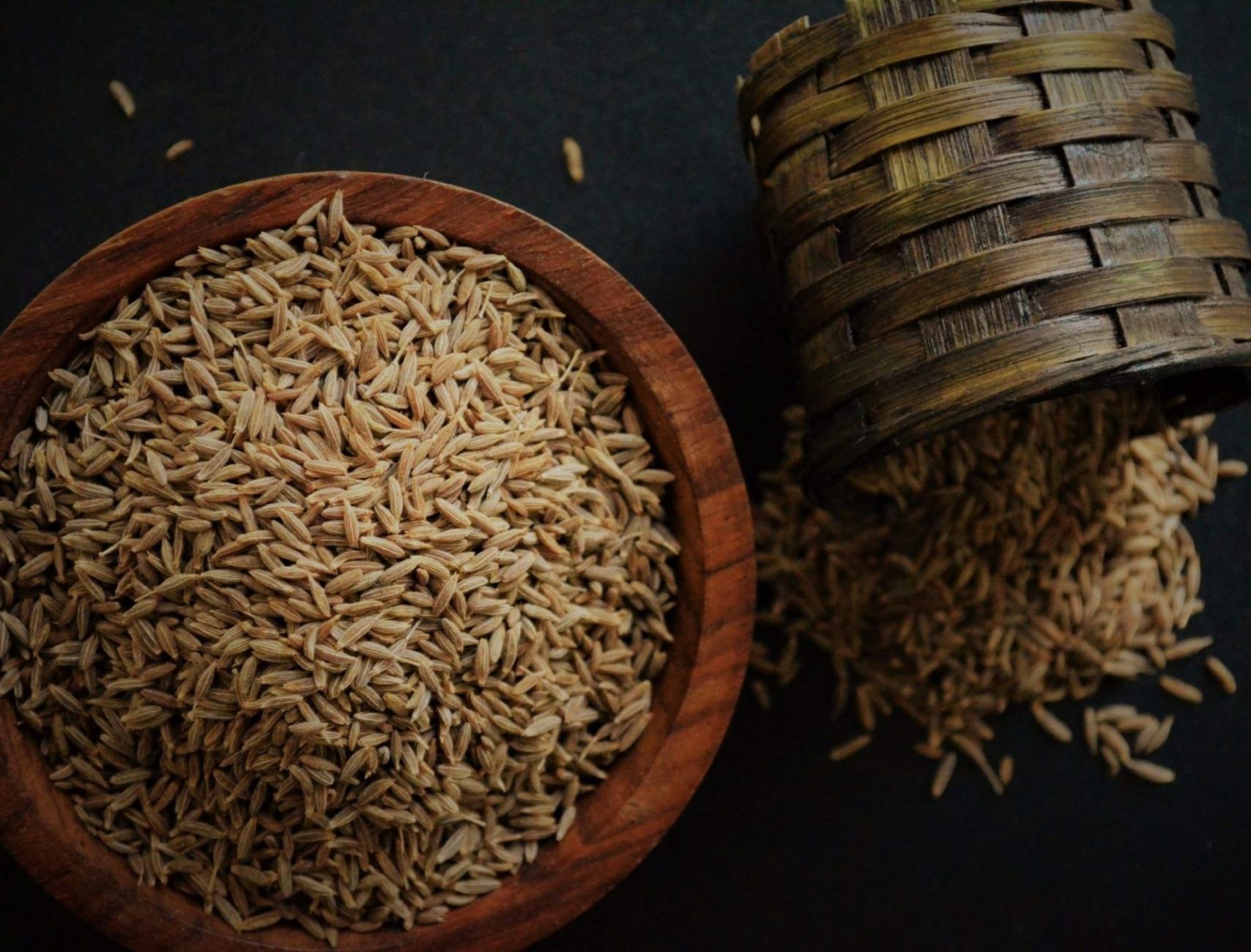
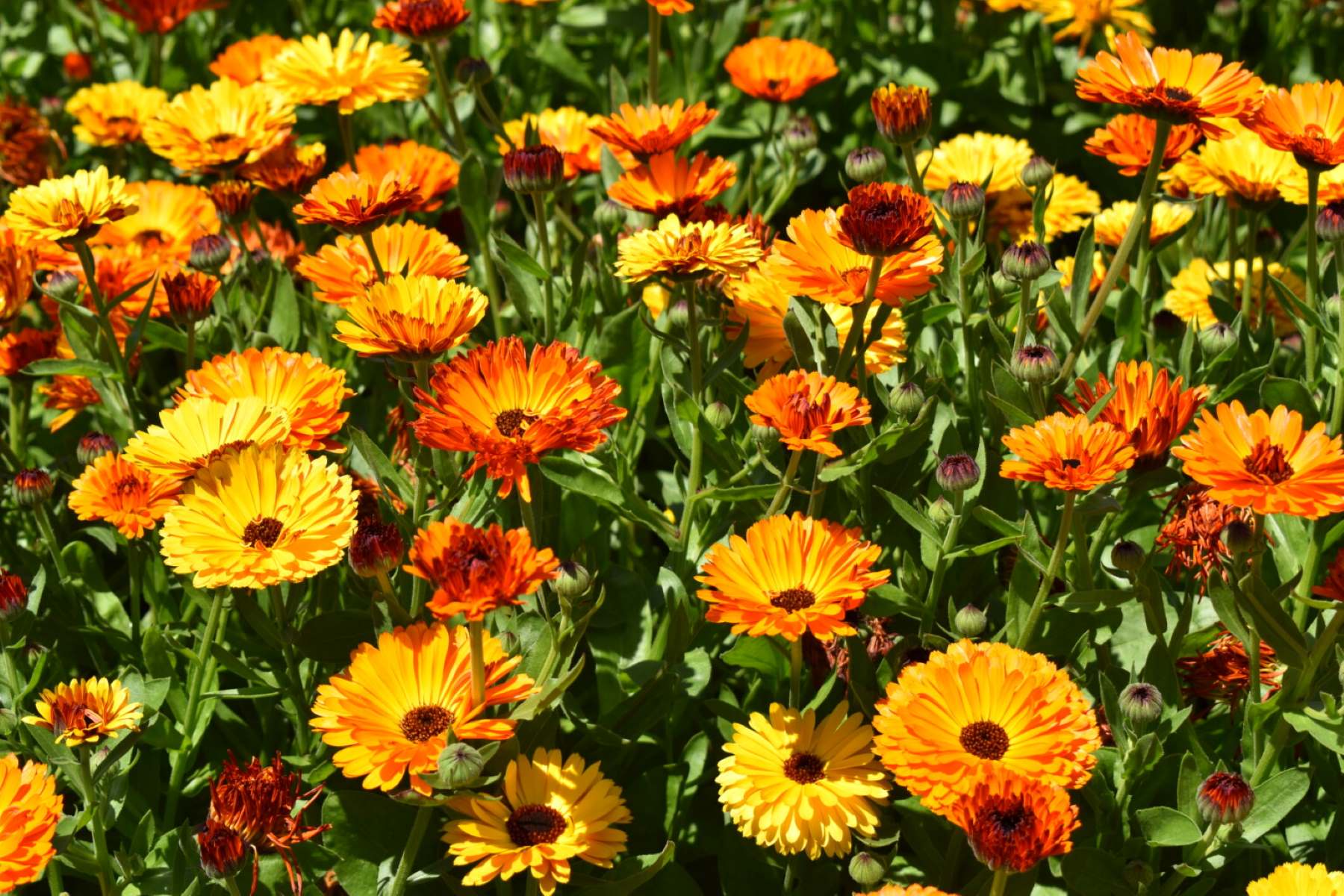
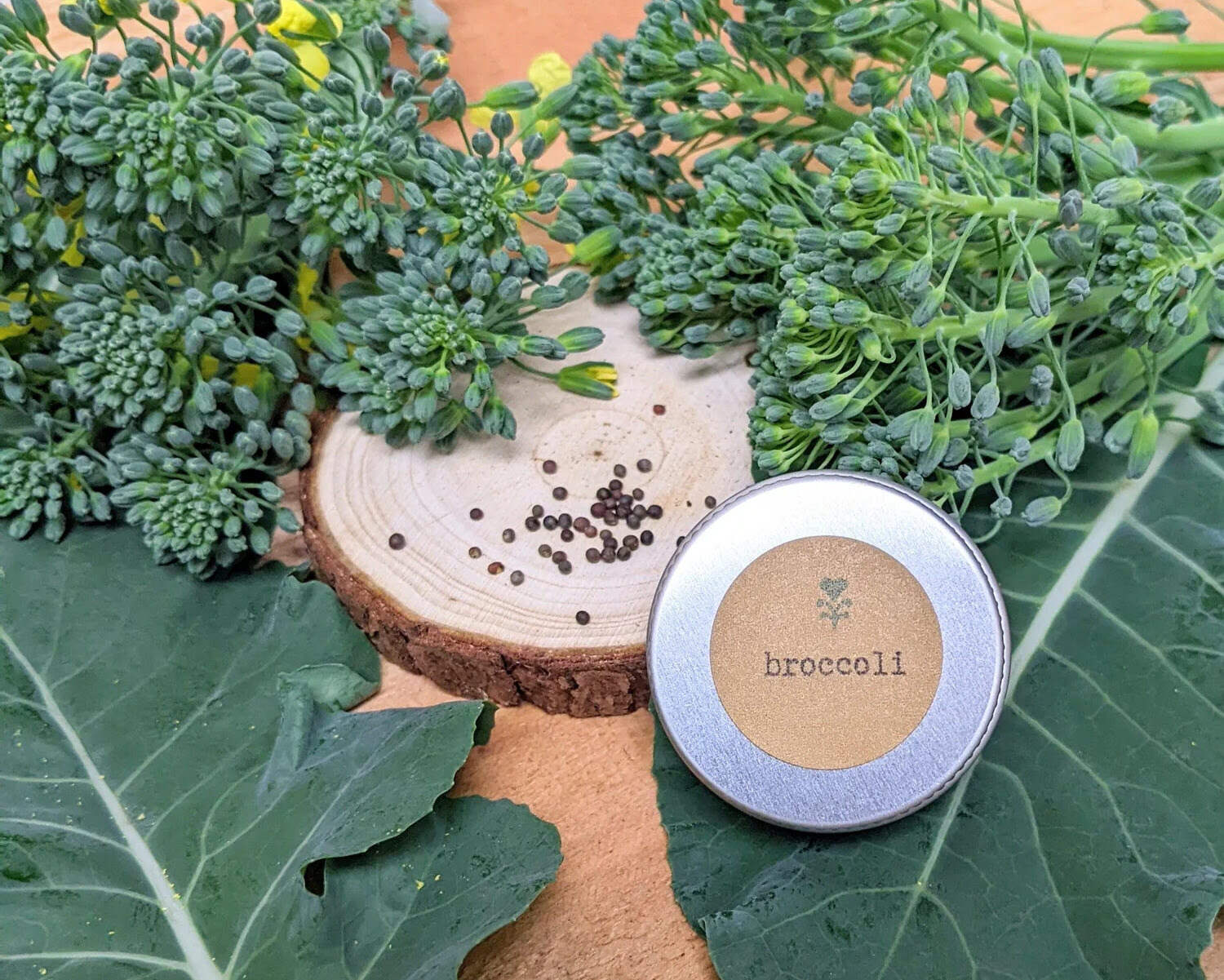
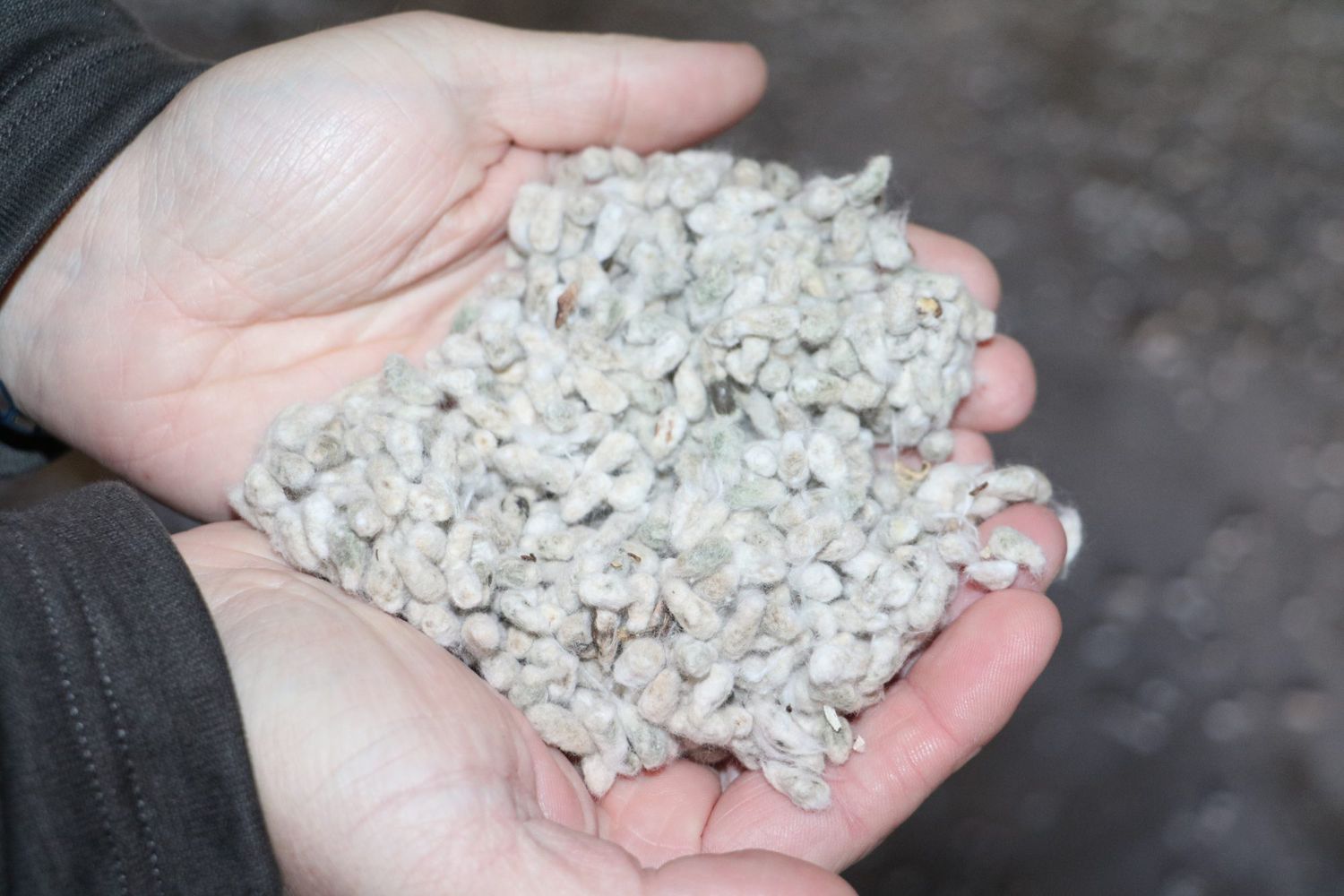

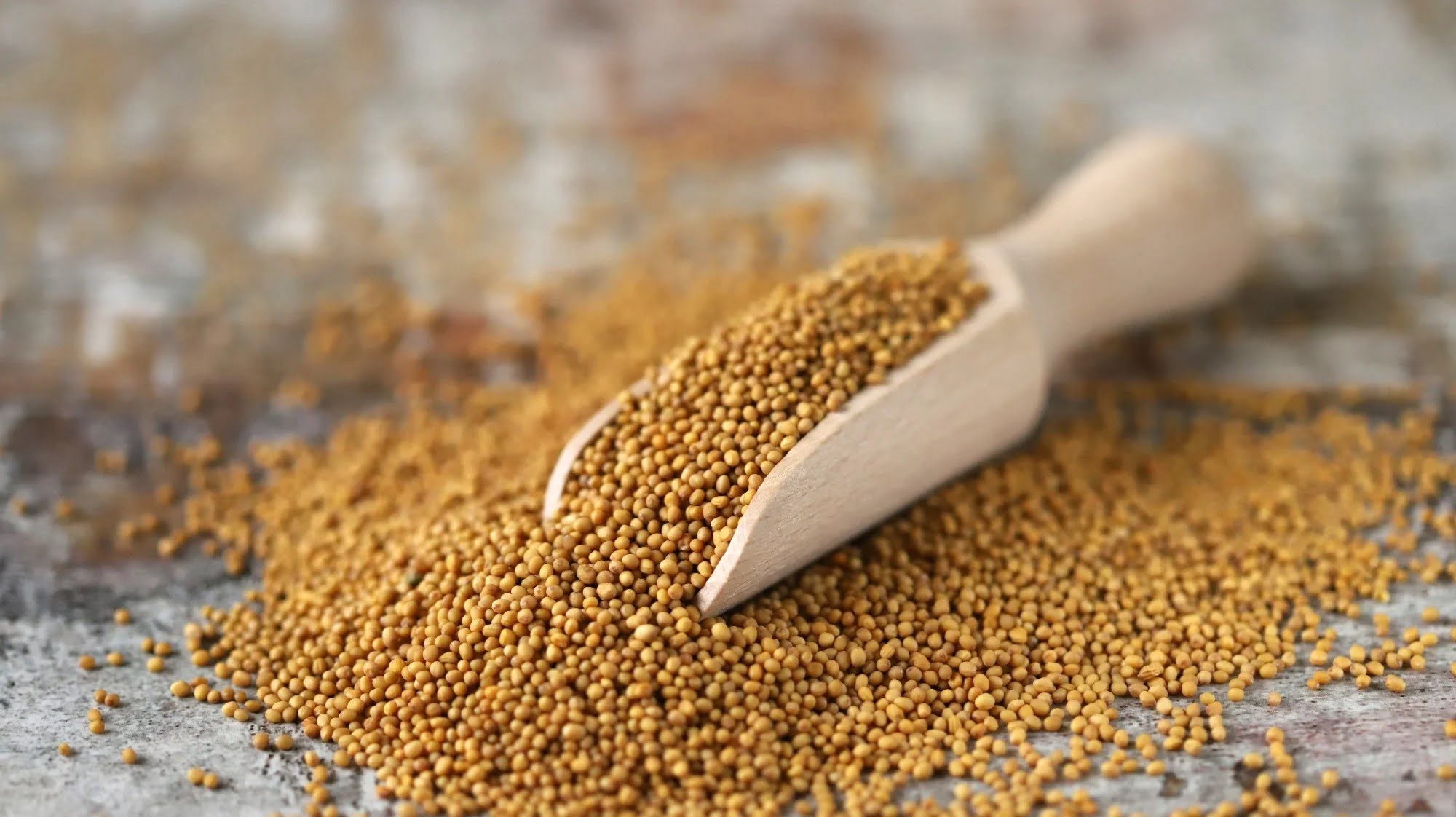
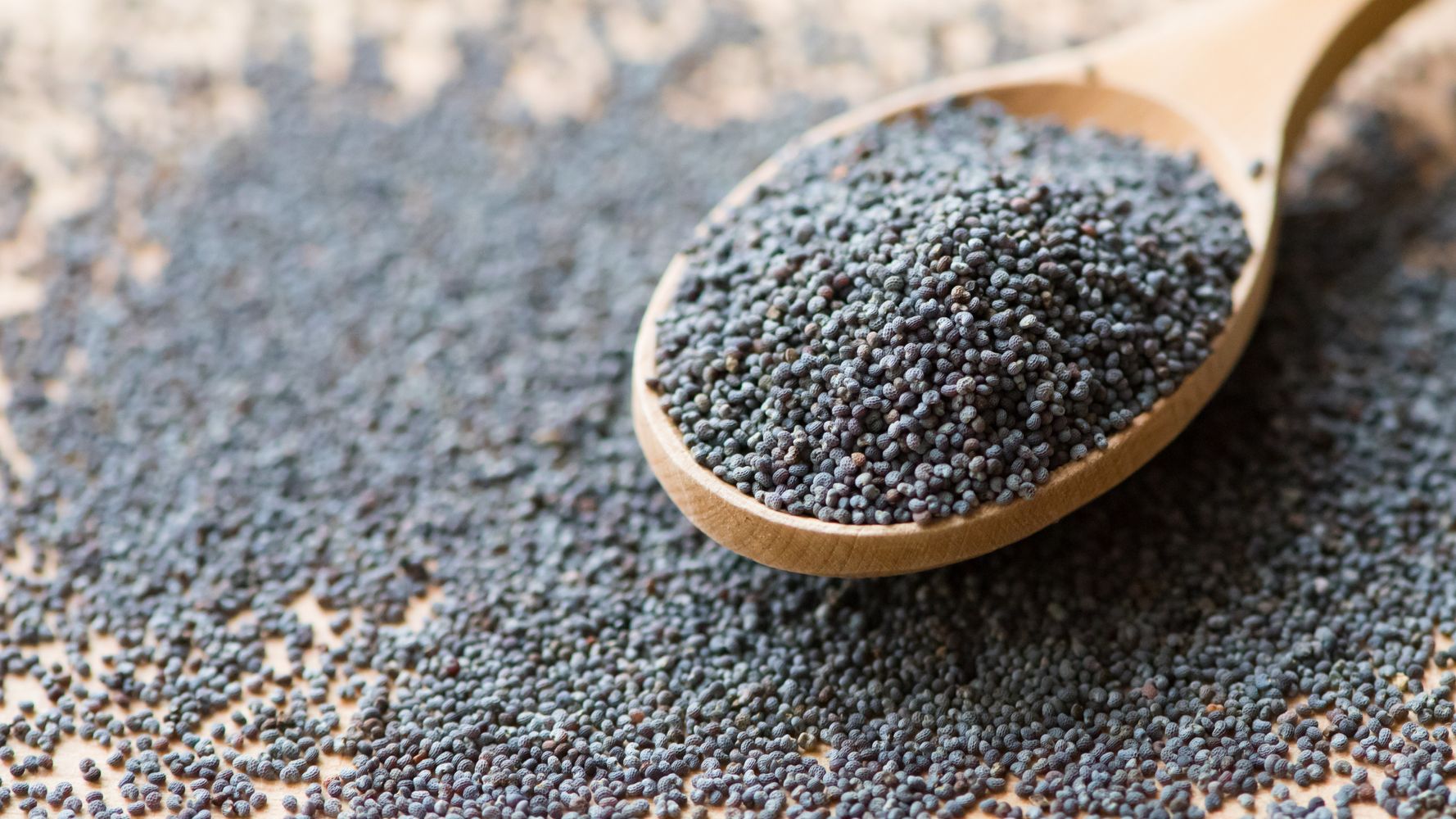
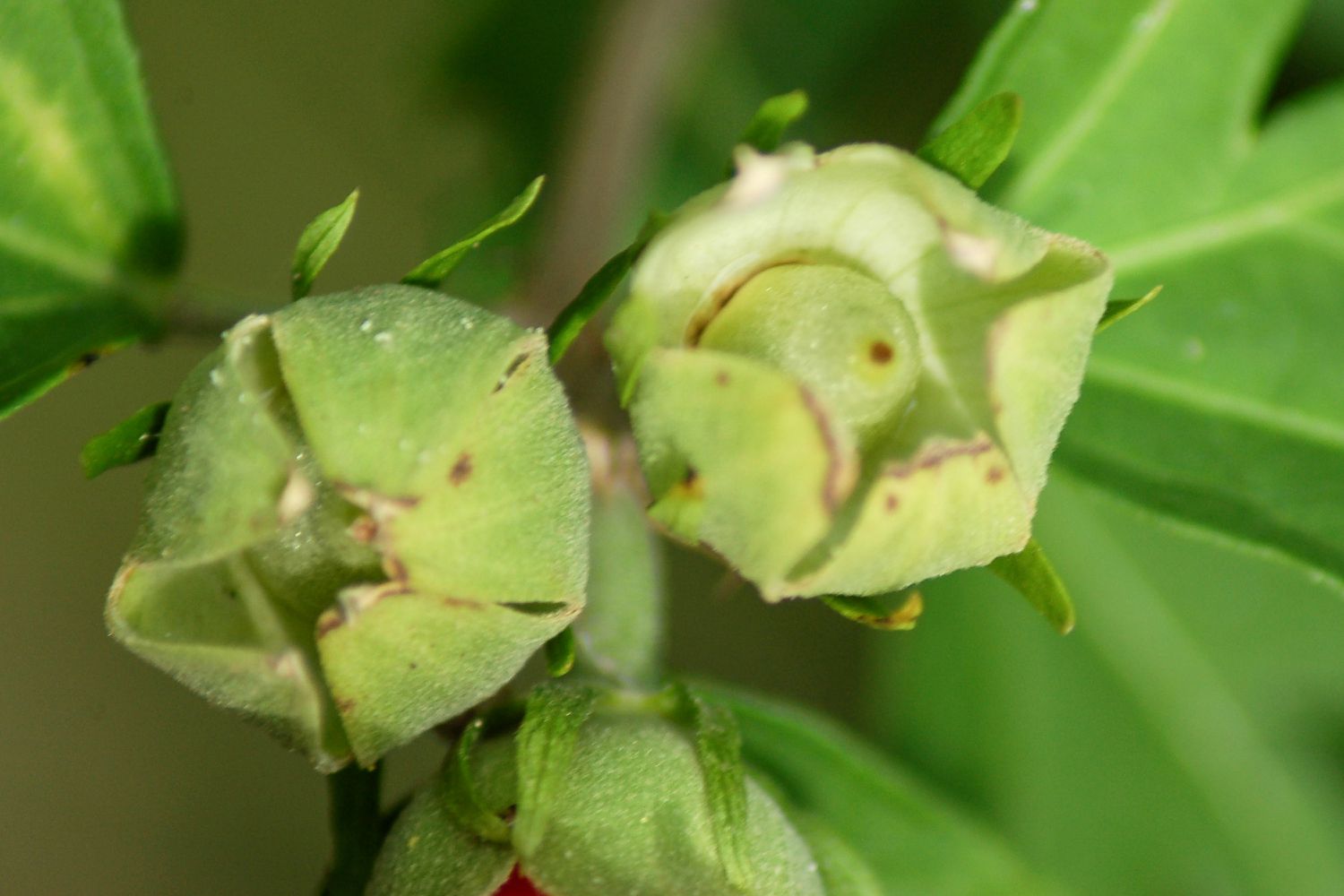
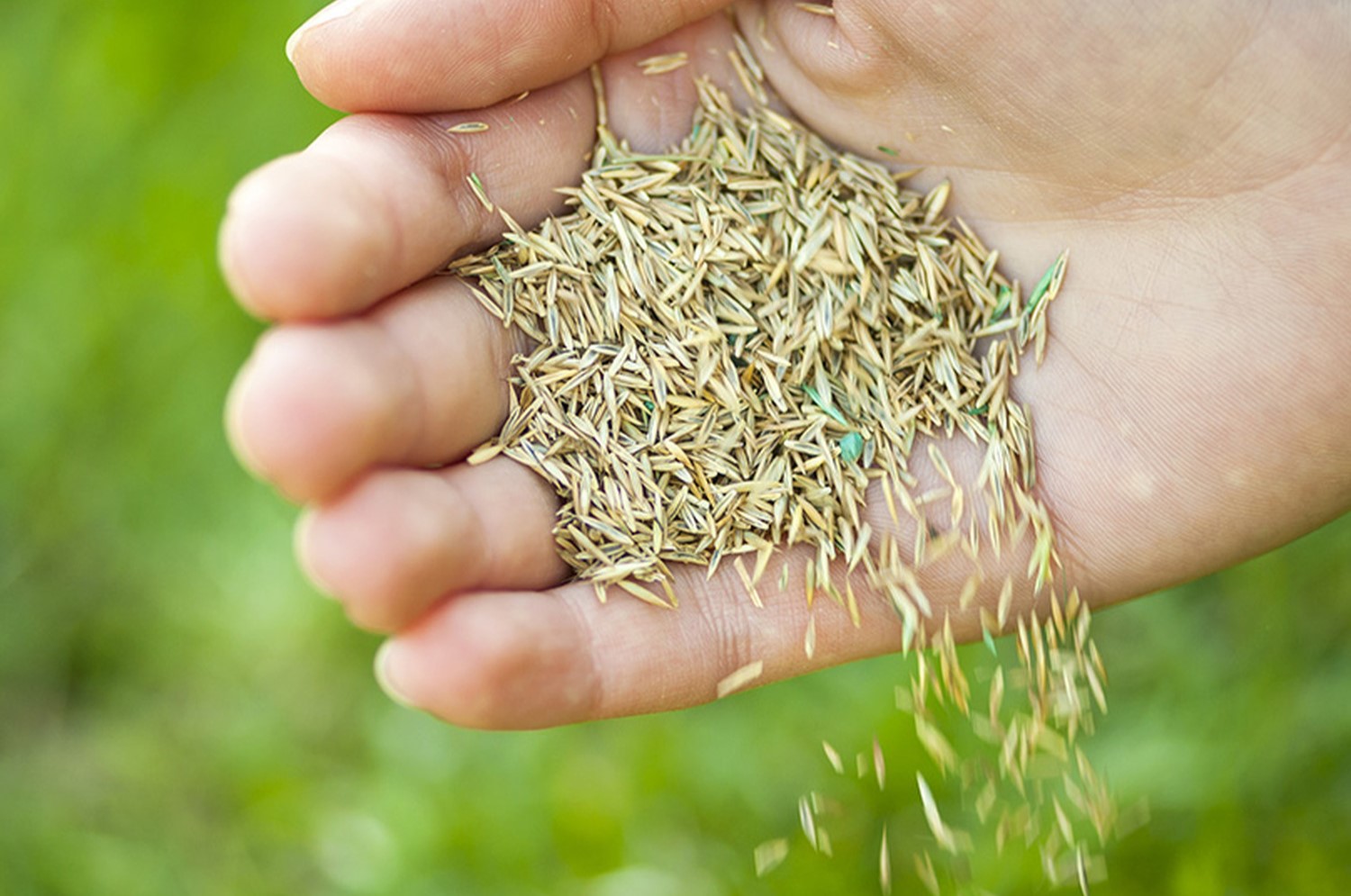
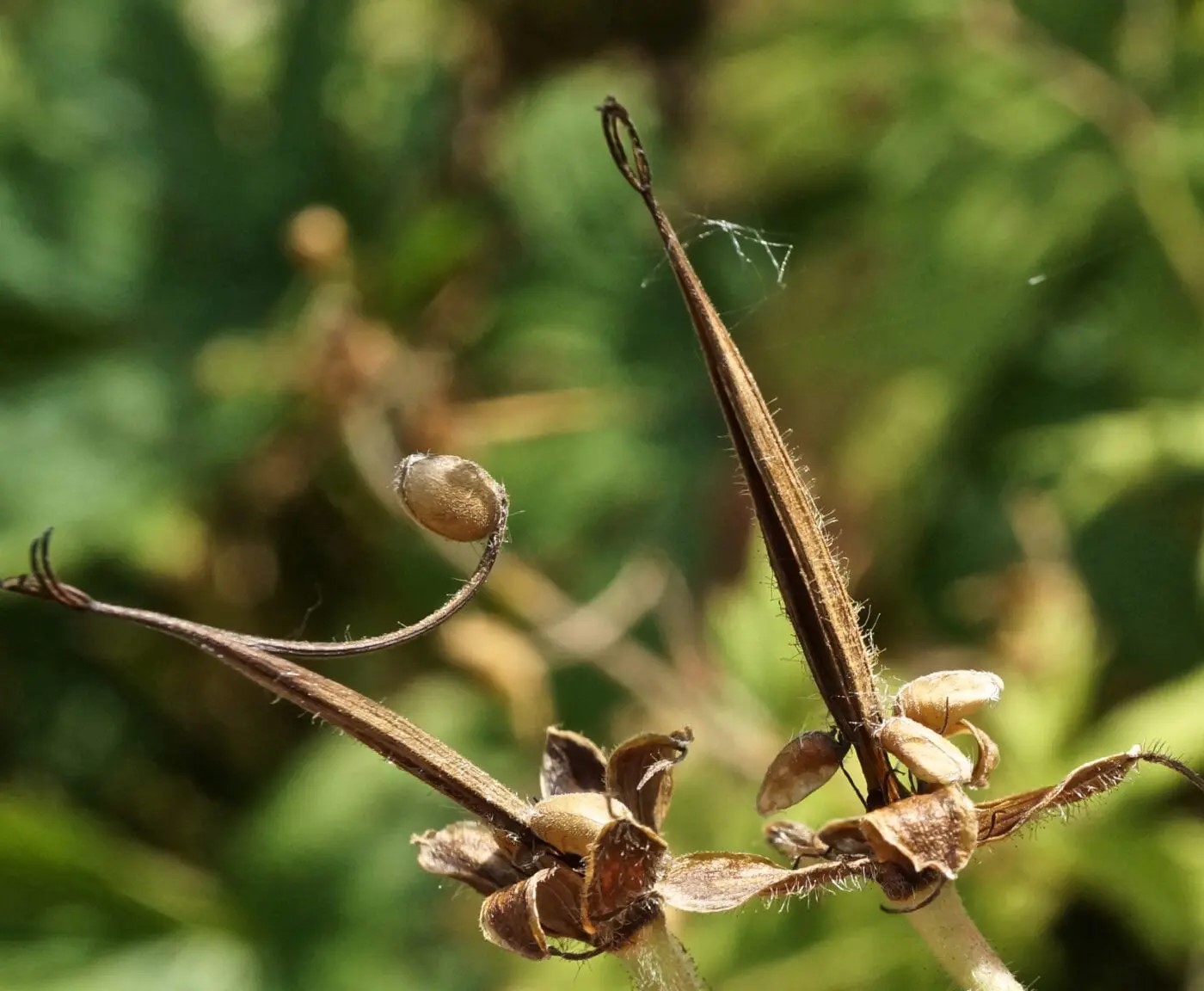
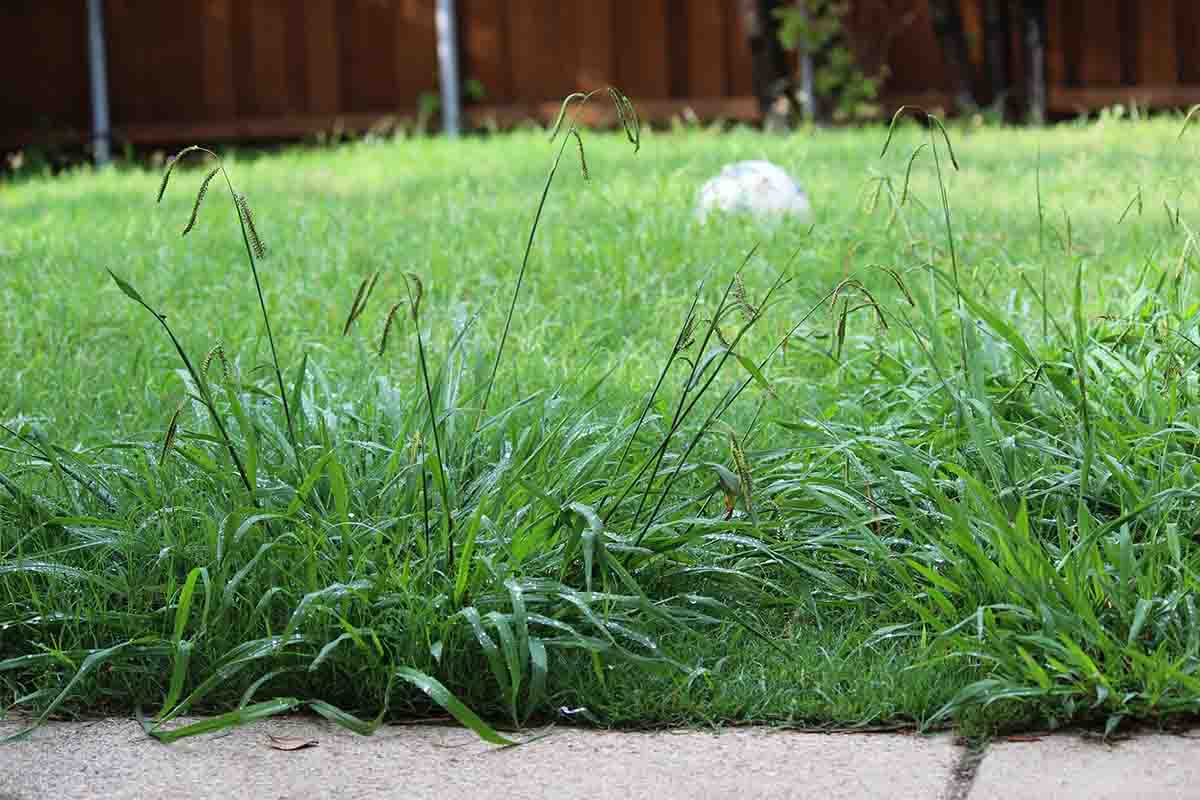
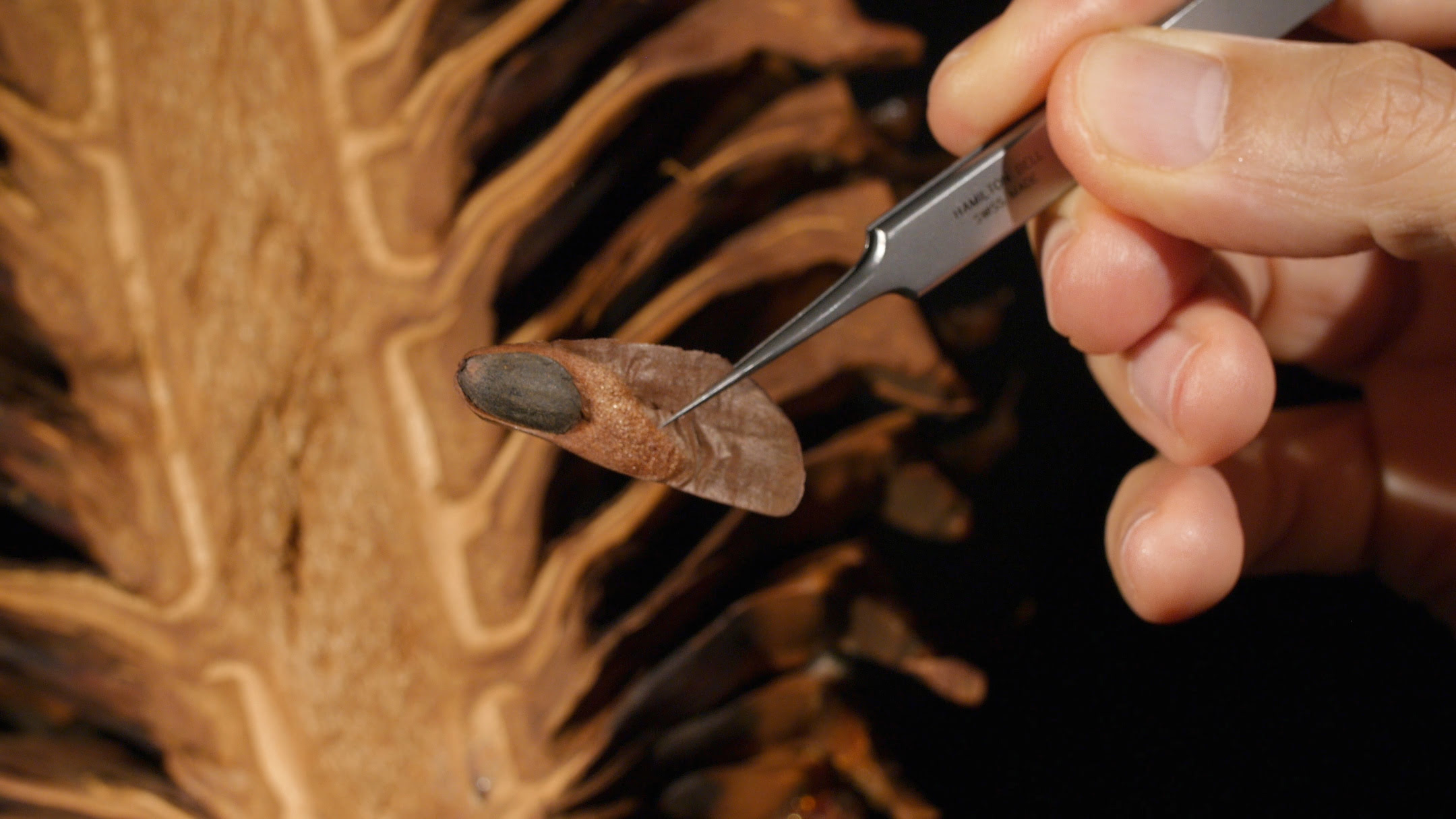
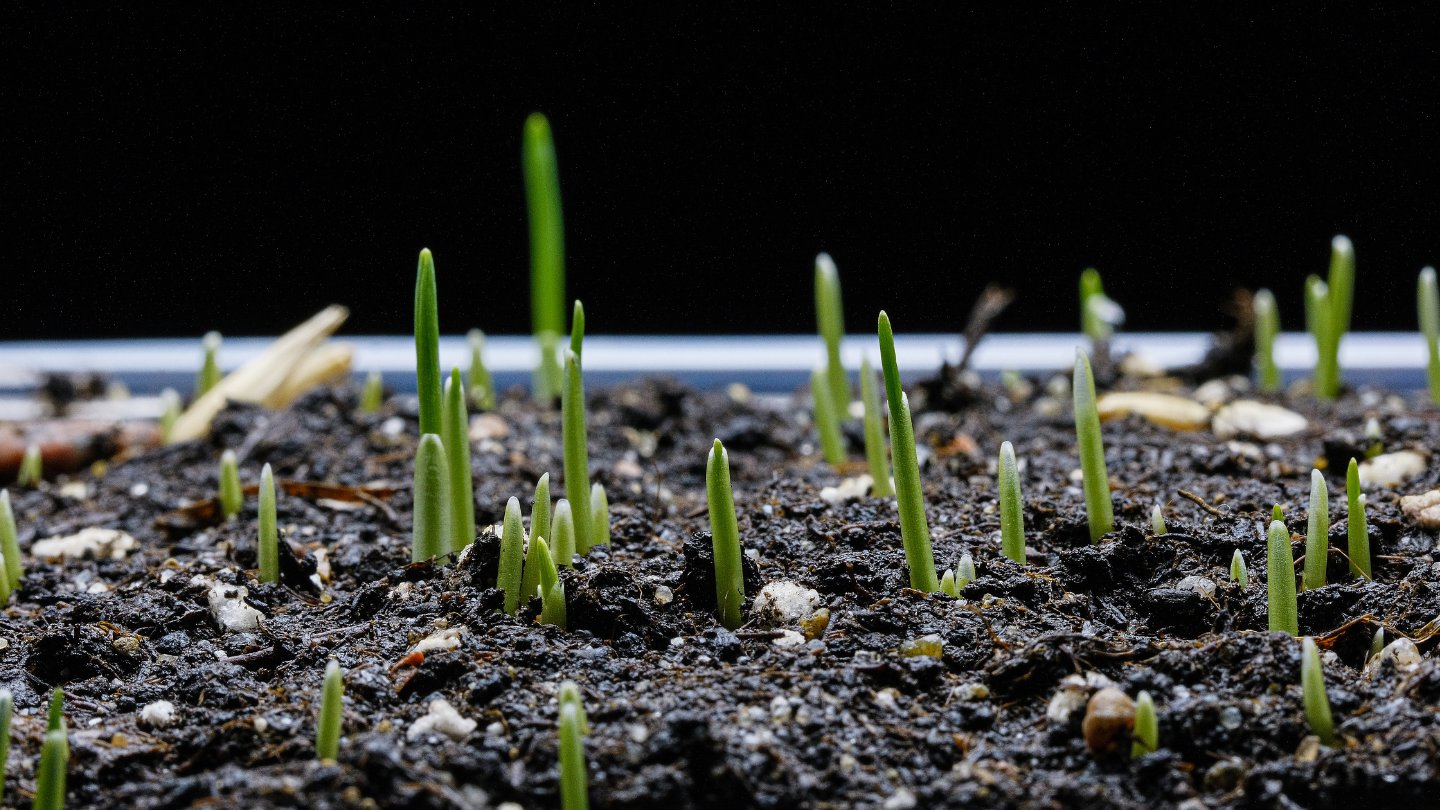
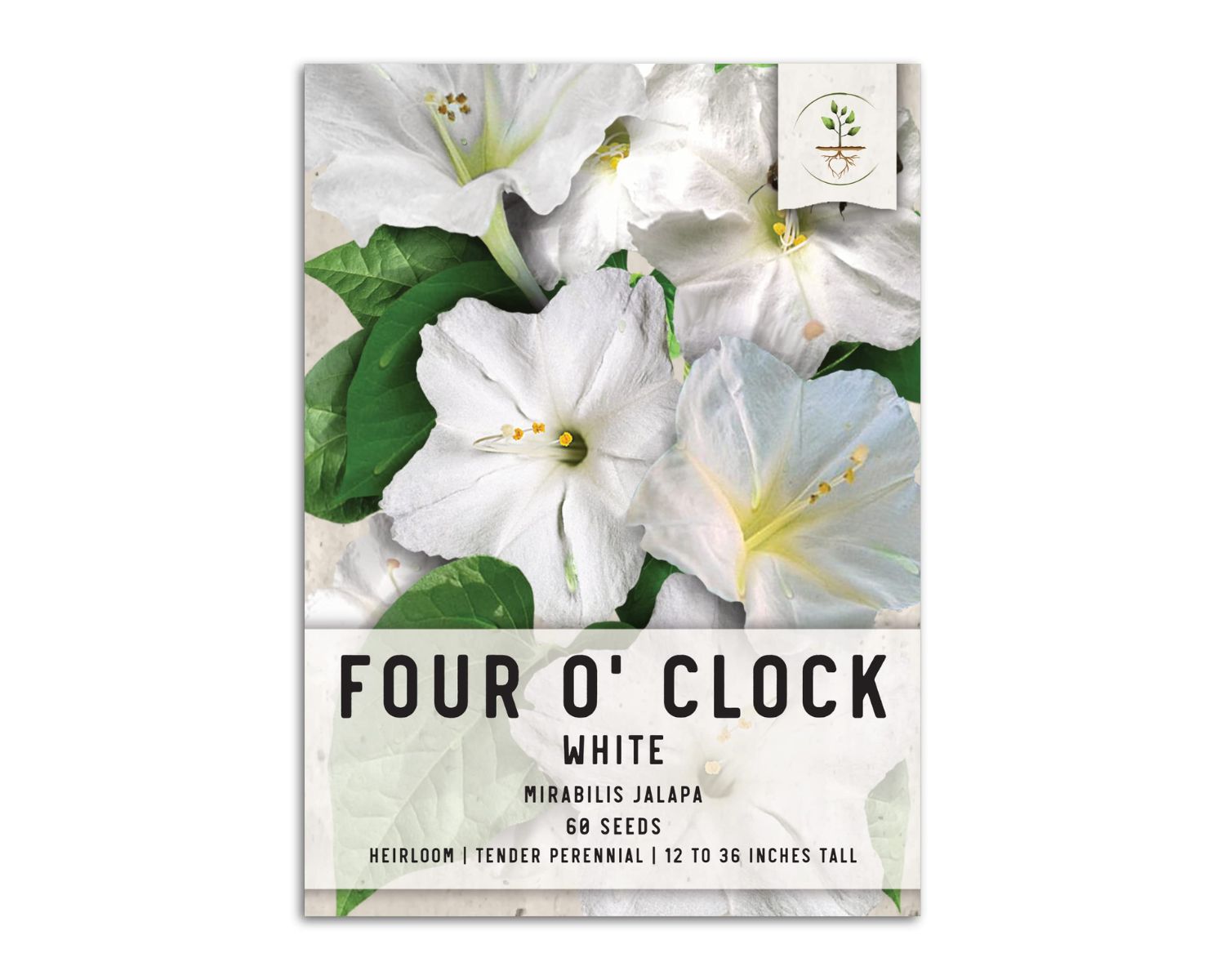

0 thoughts on “What Does Crabgrass Seed Look Like”